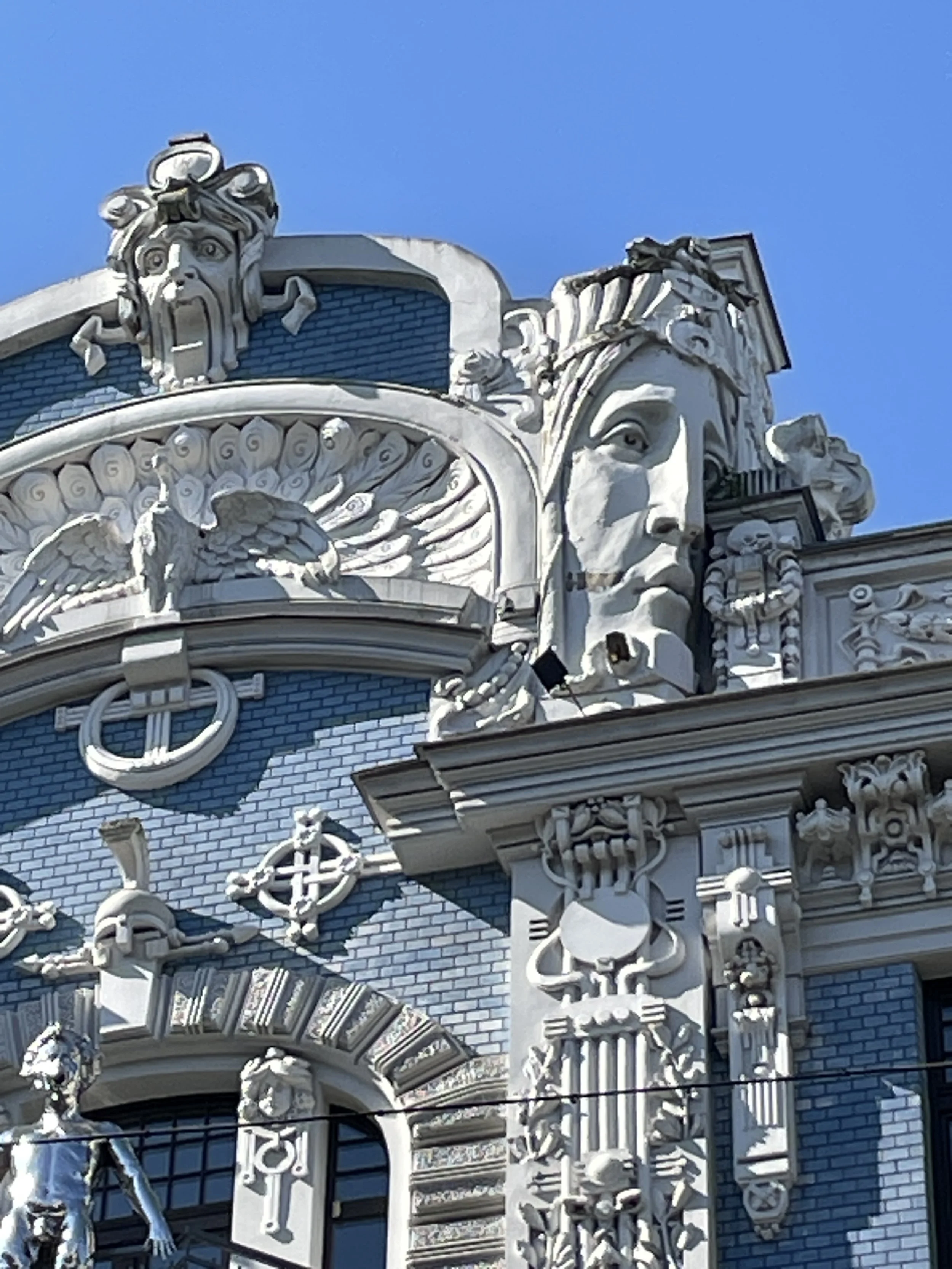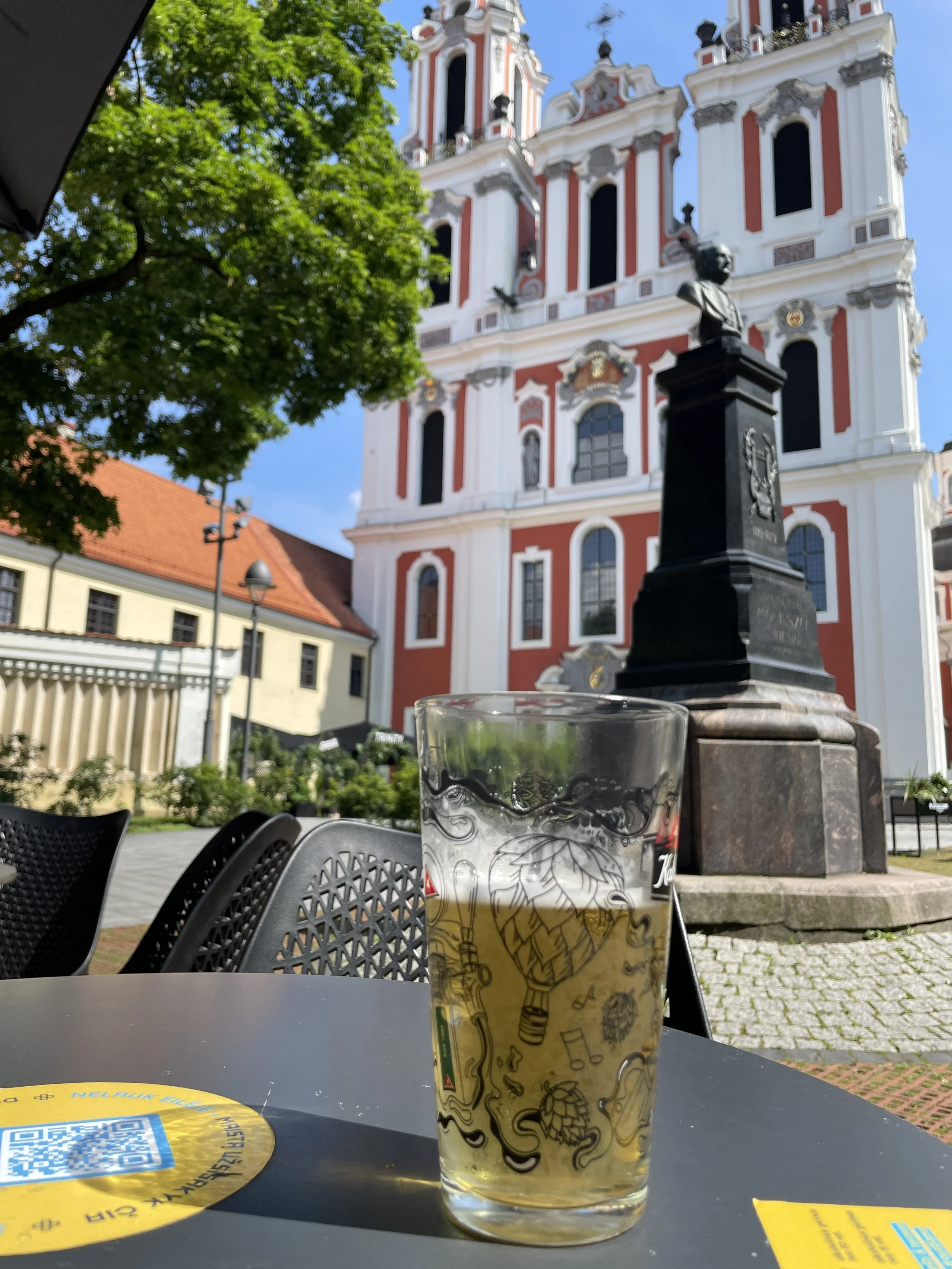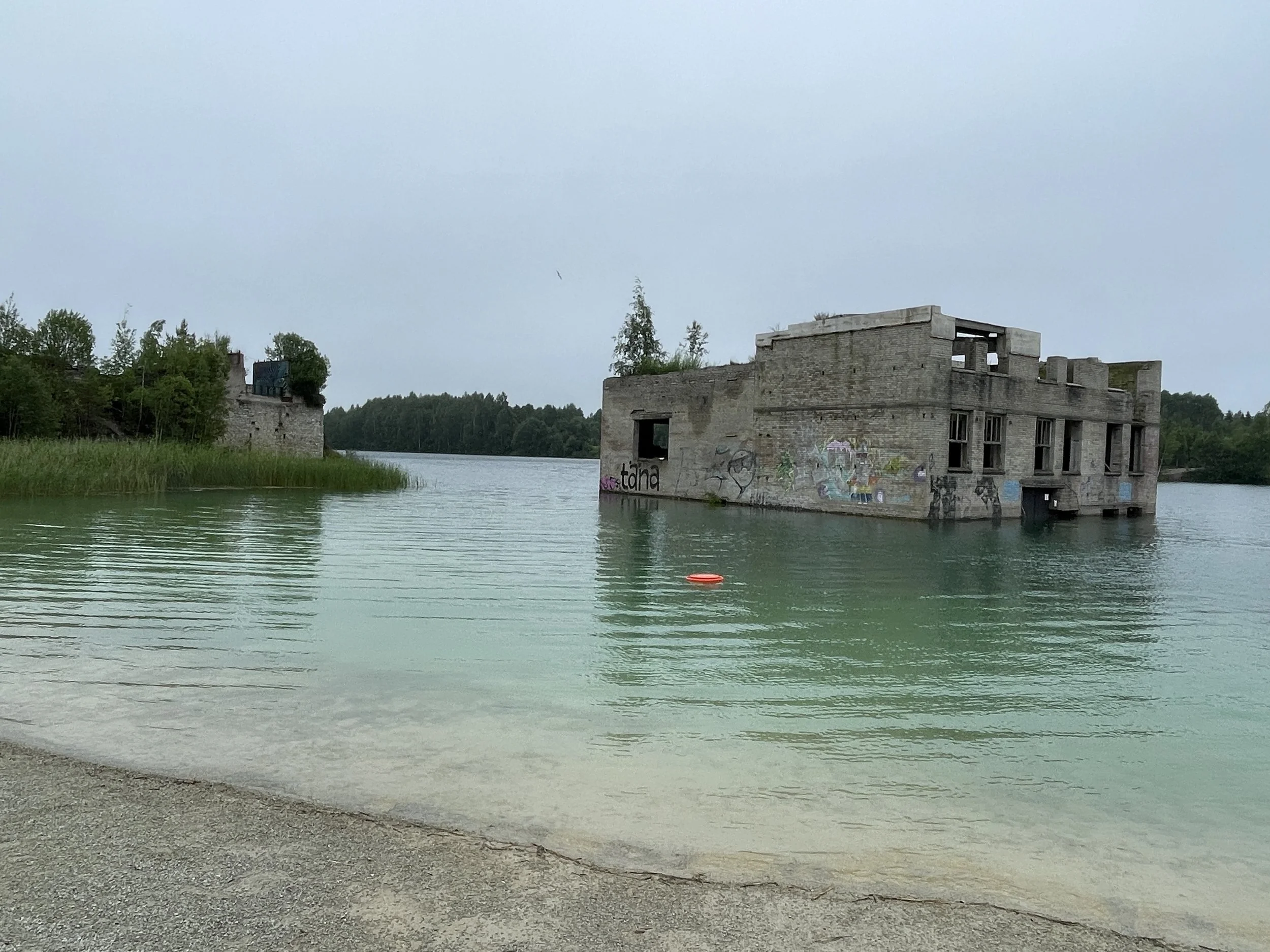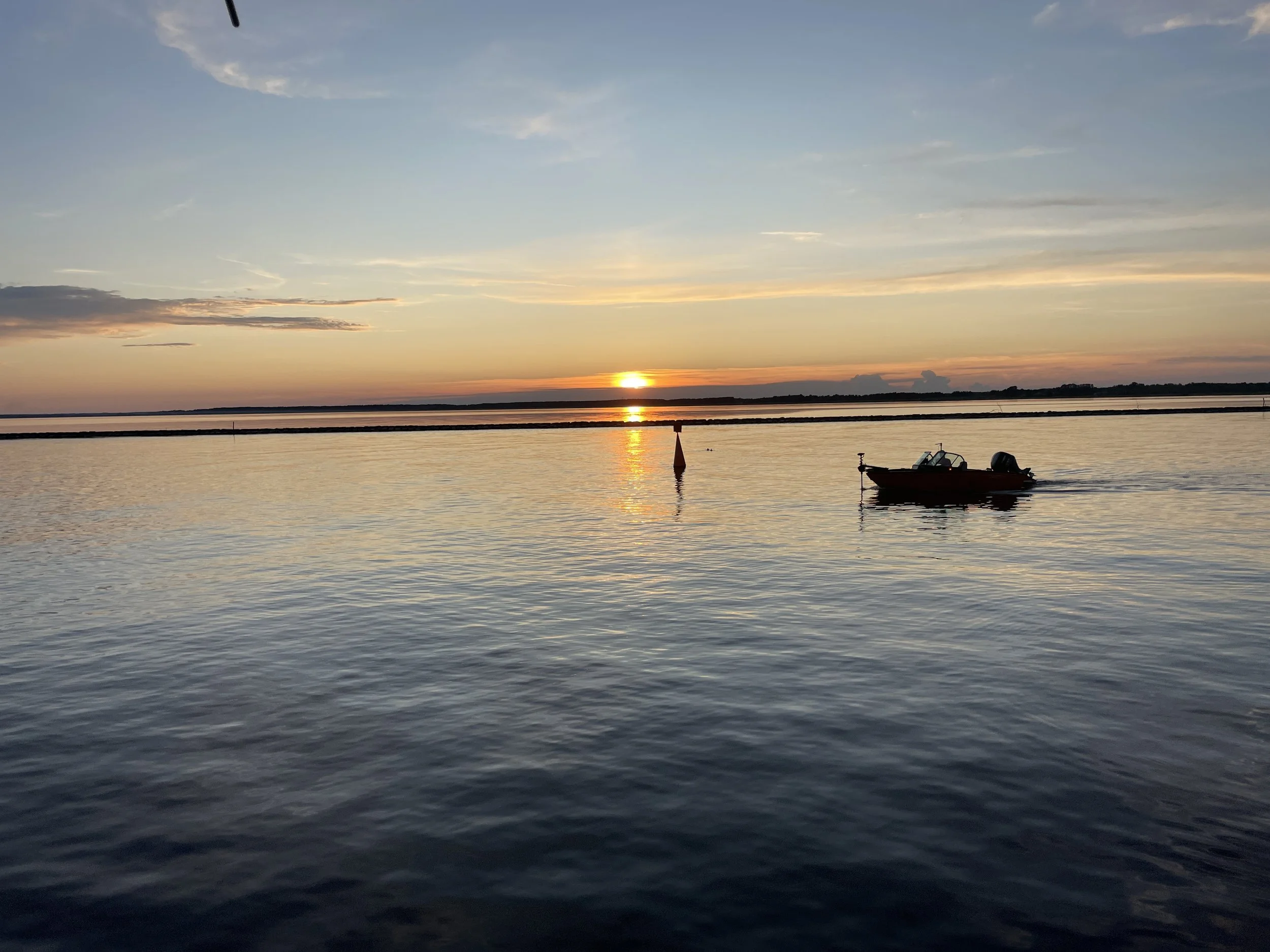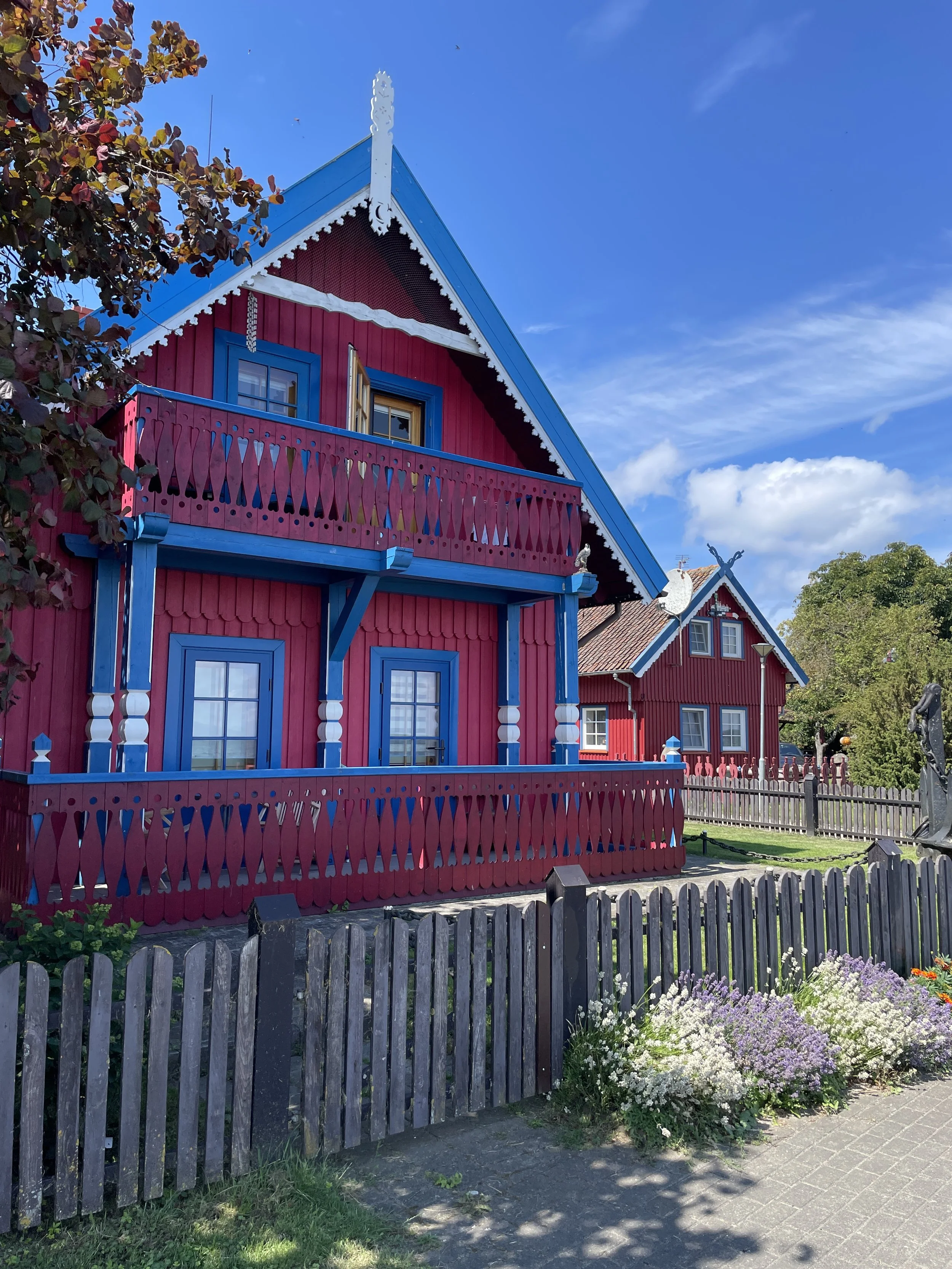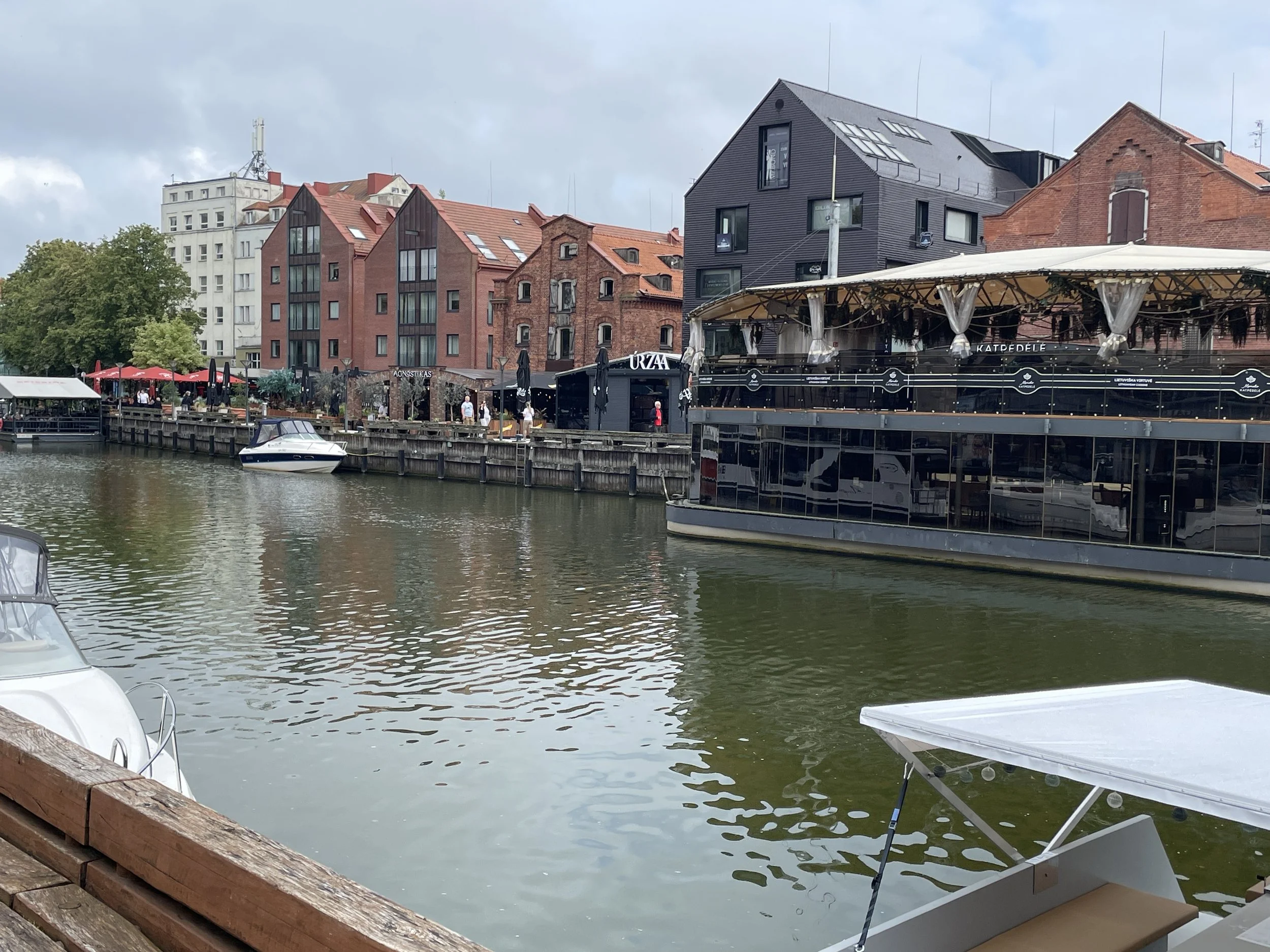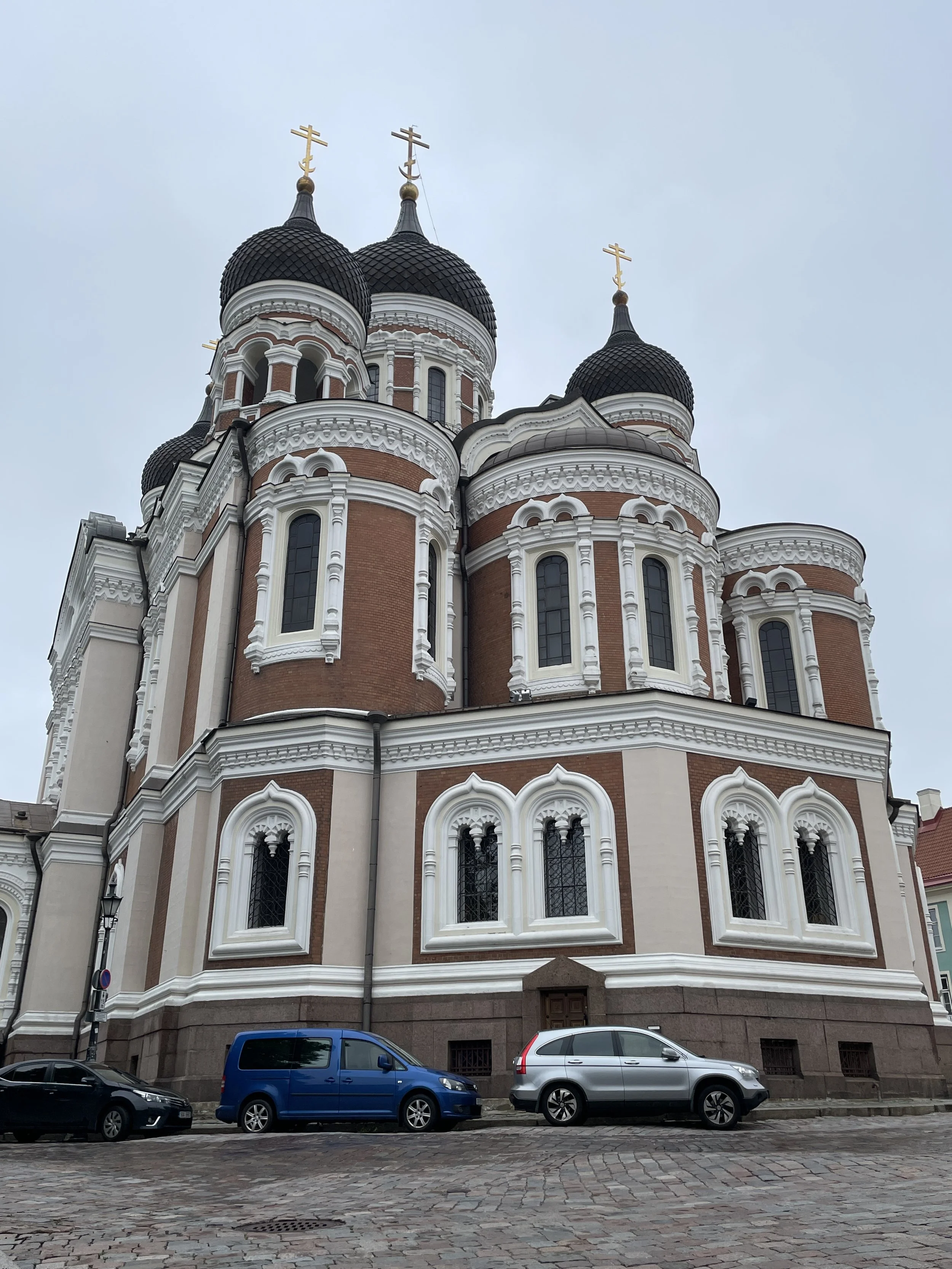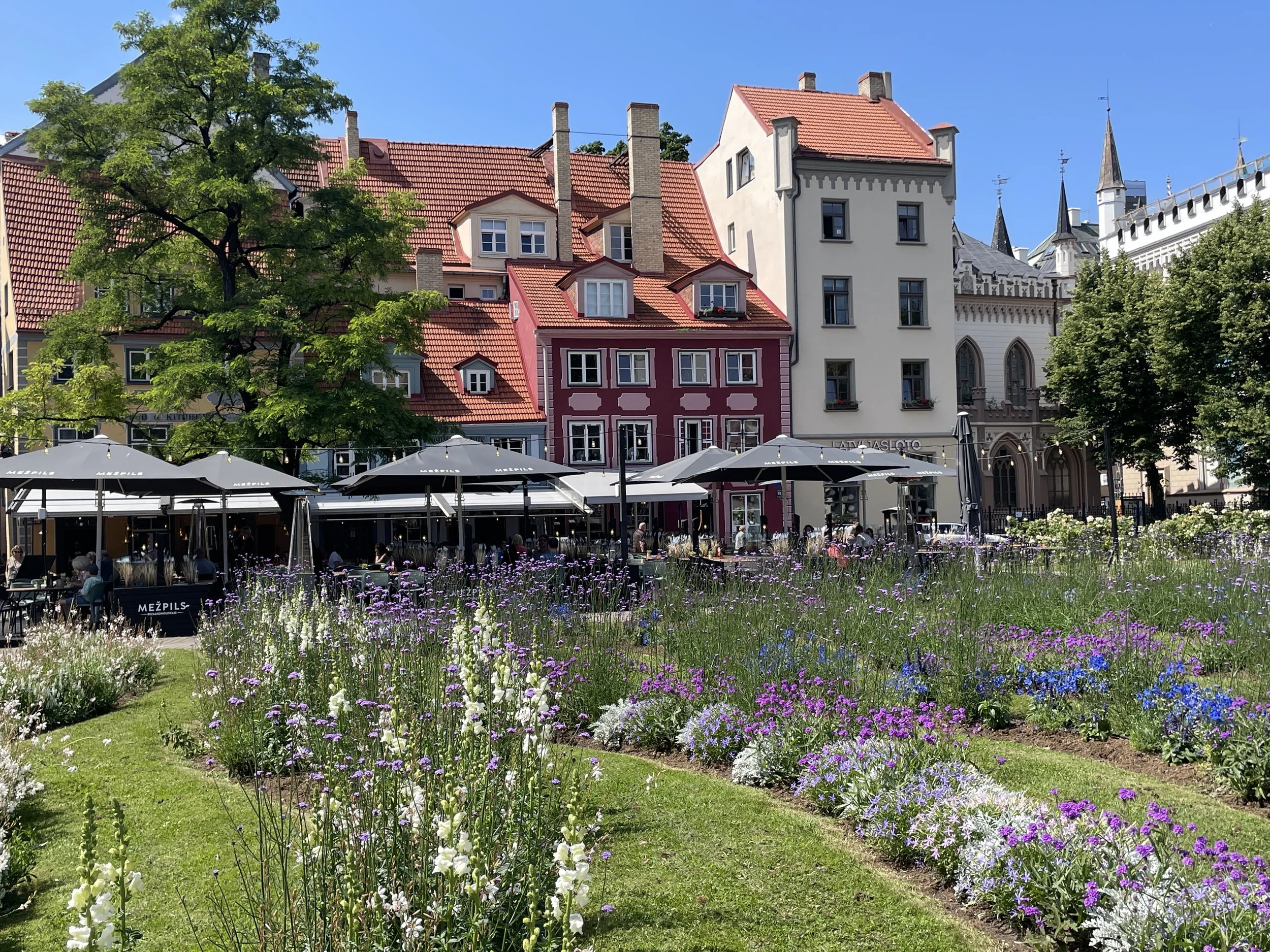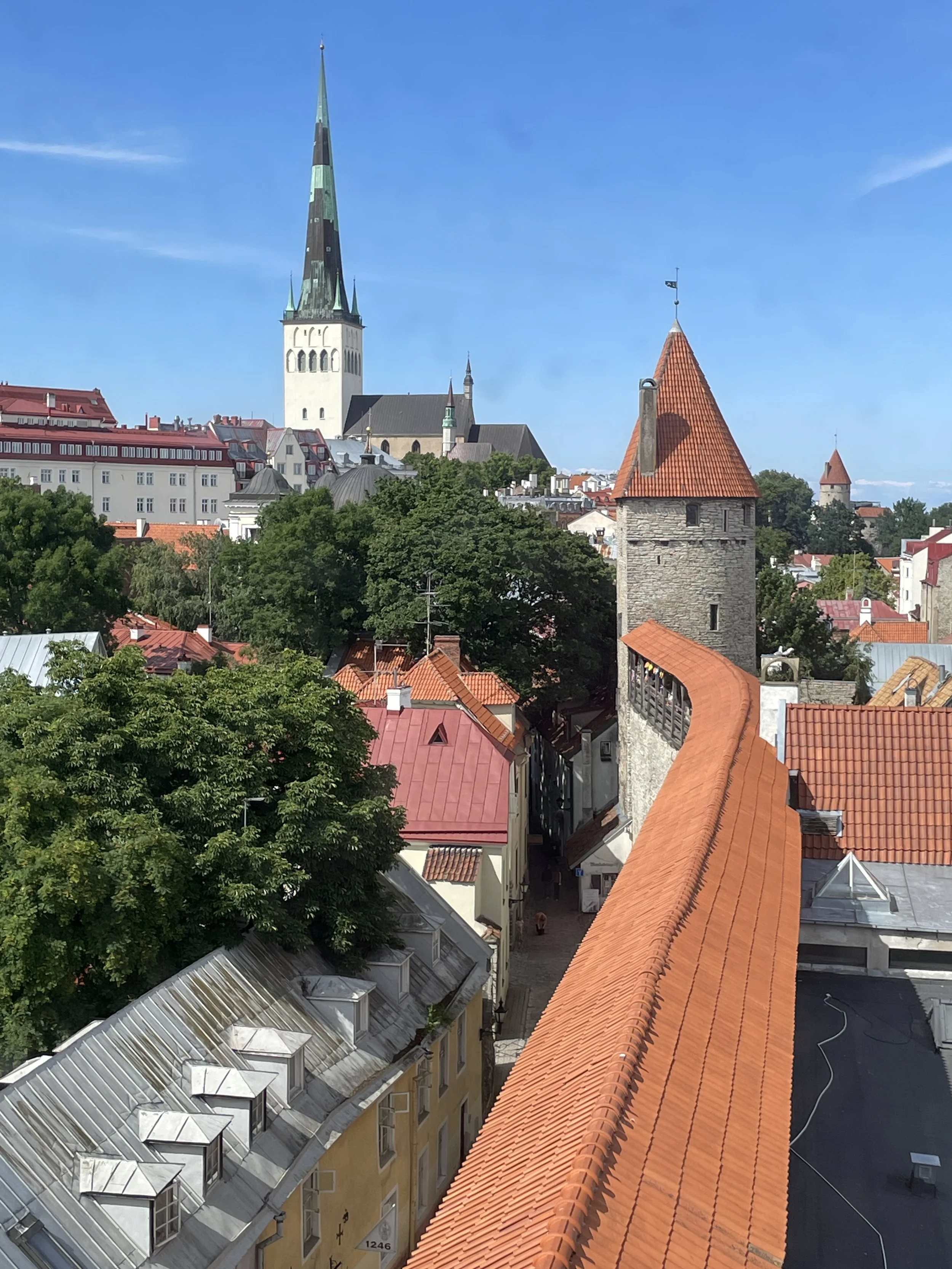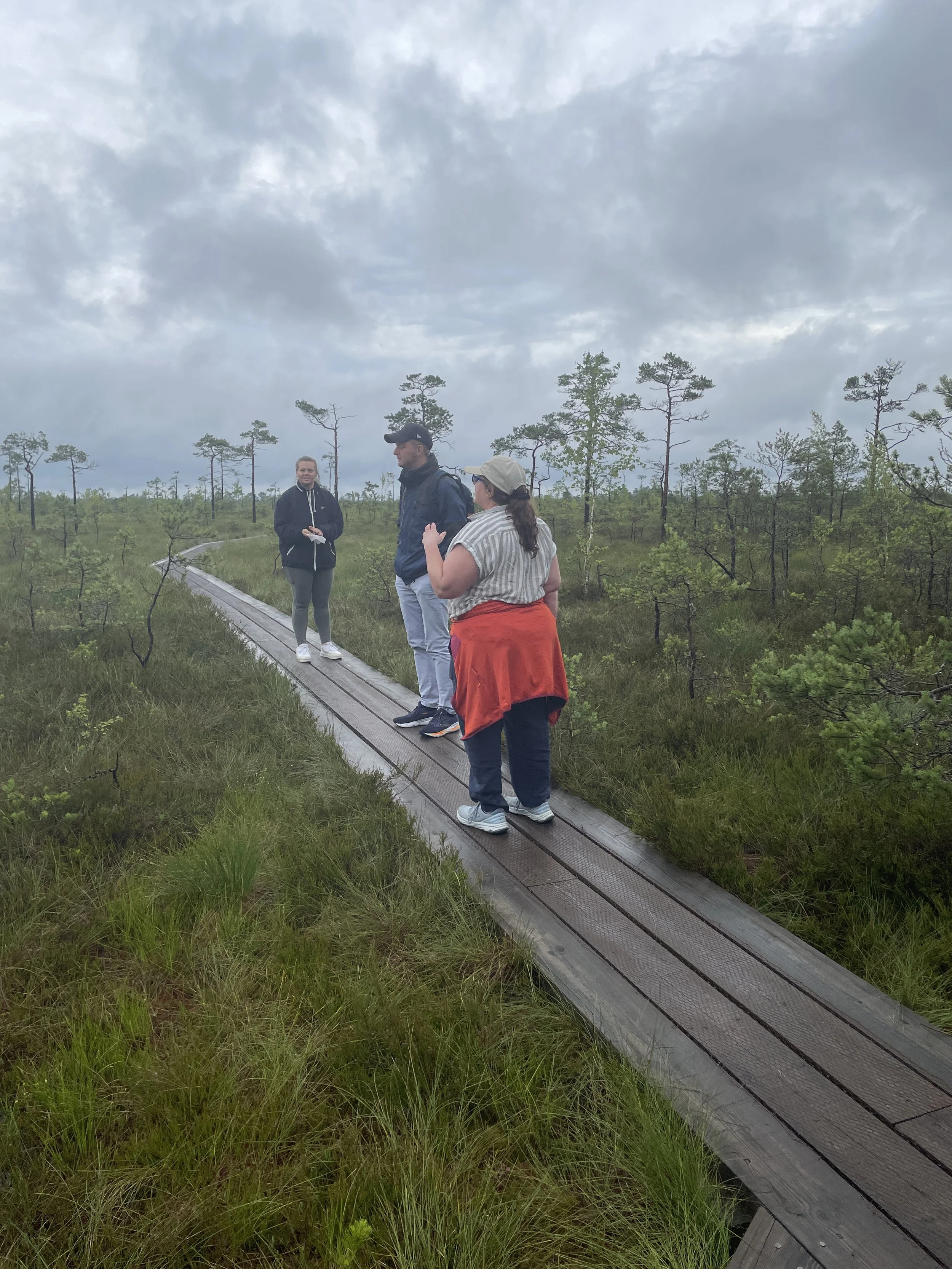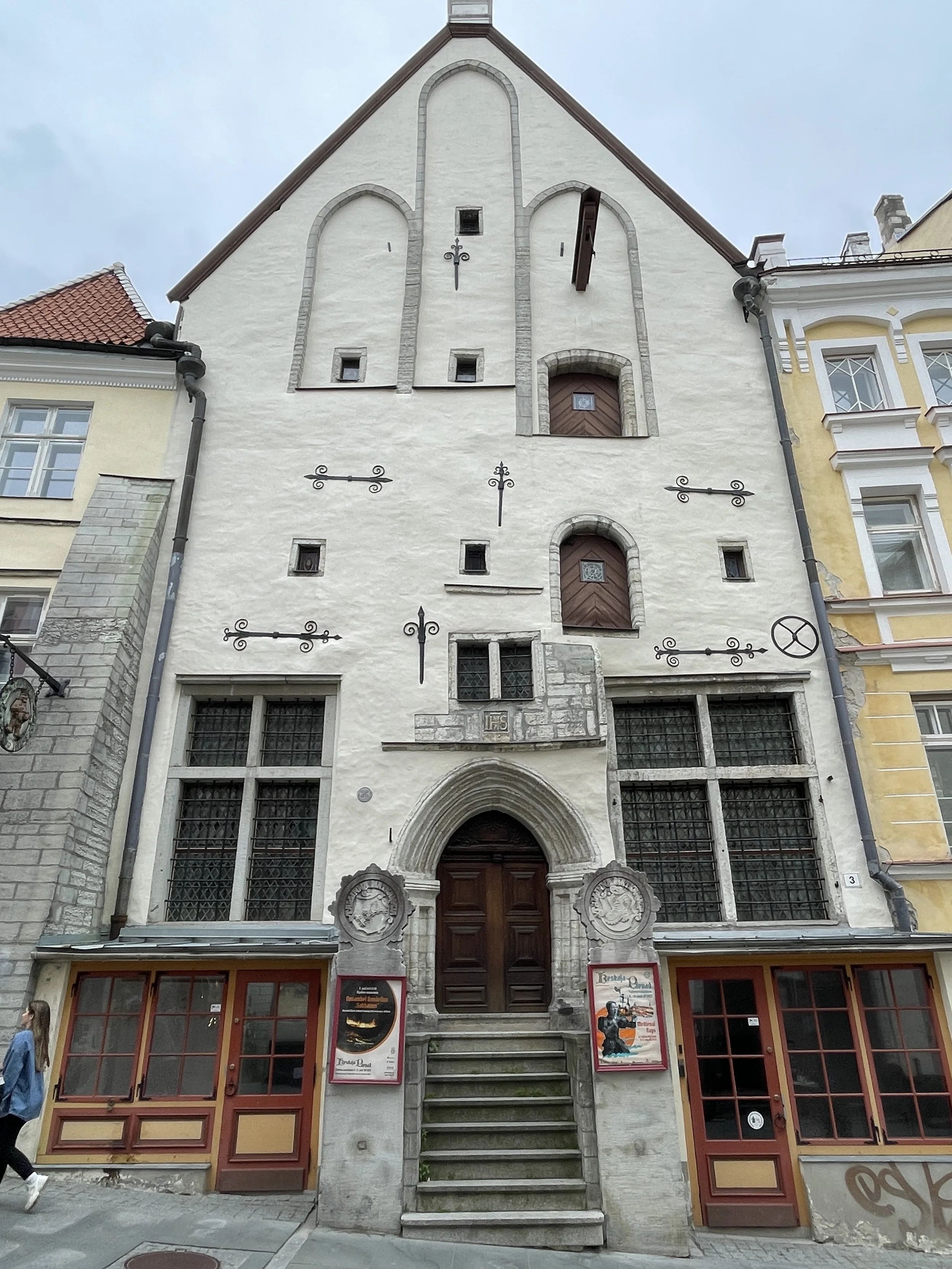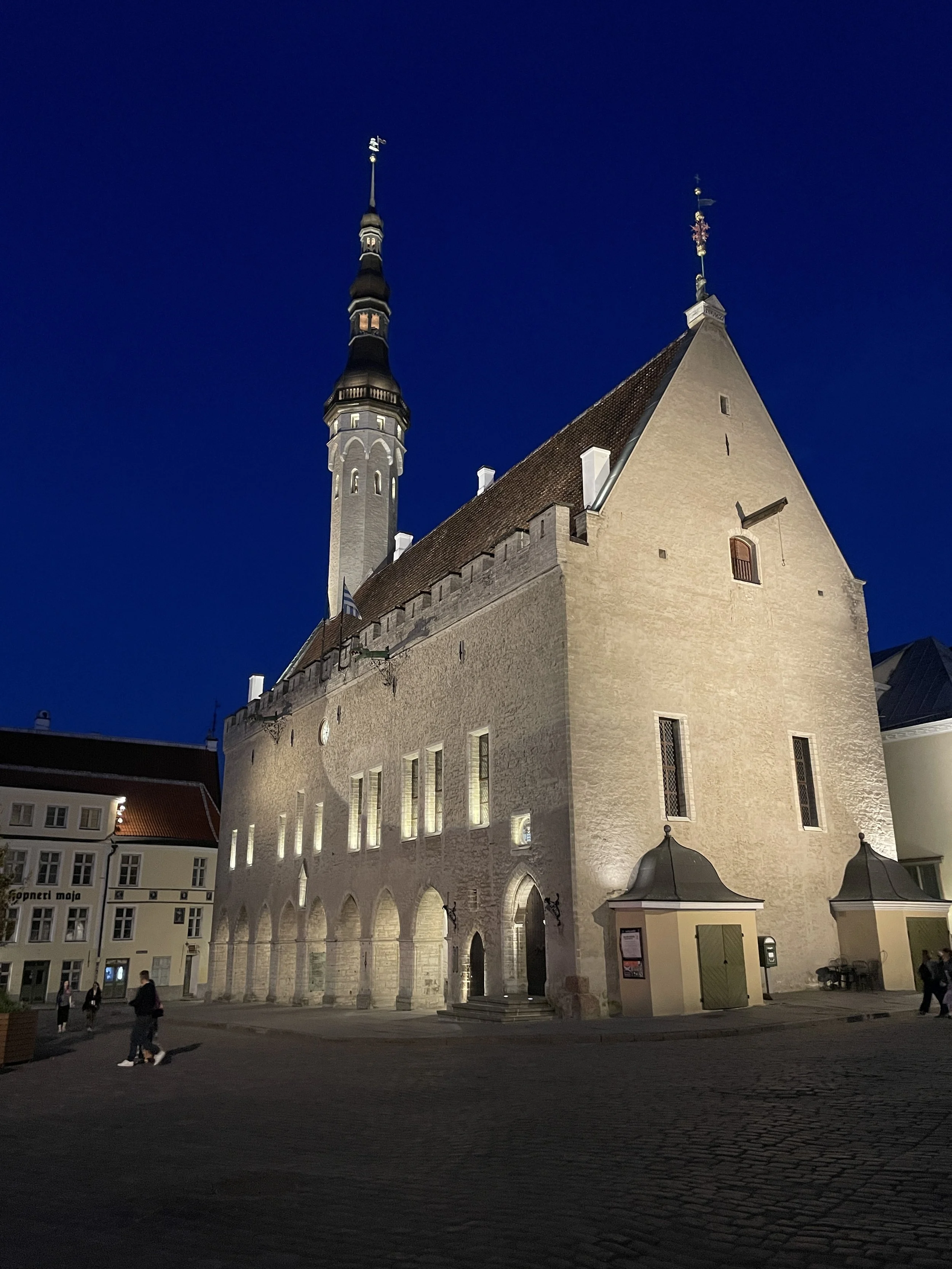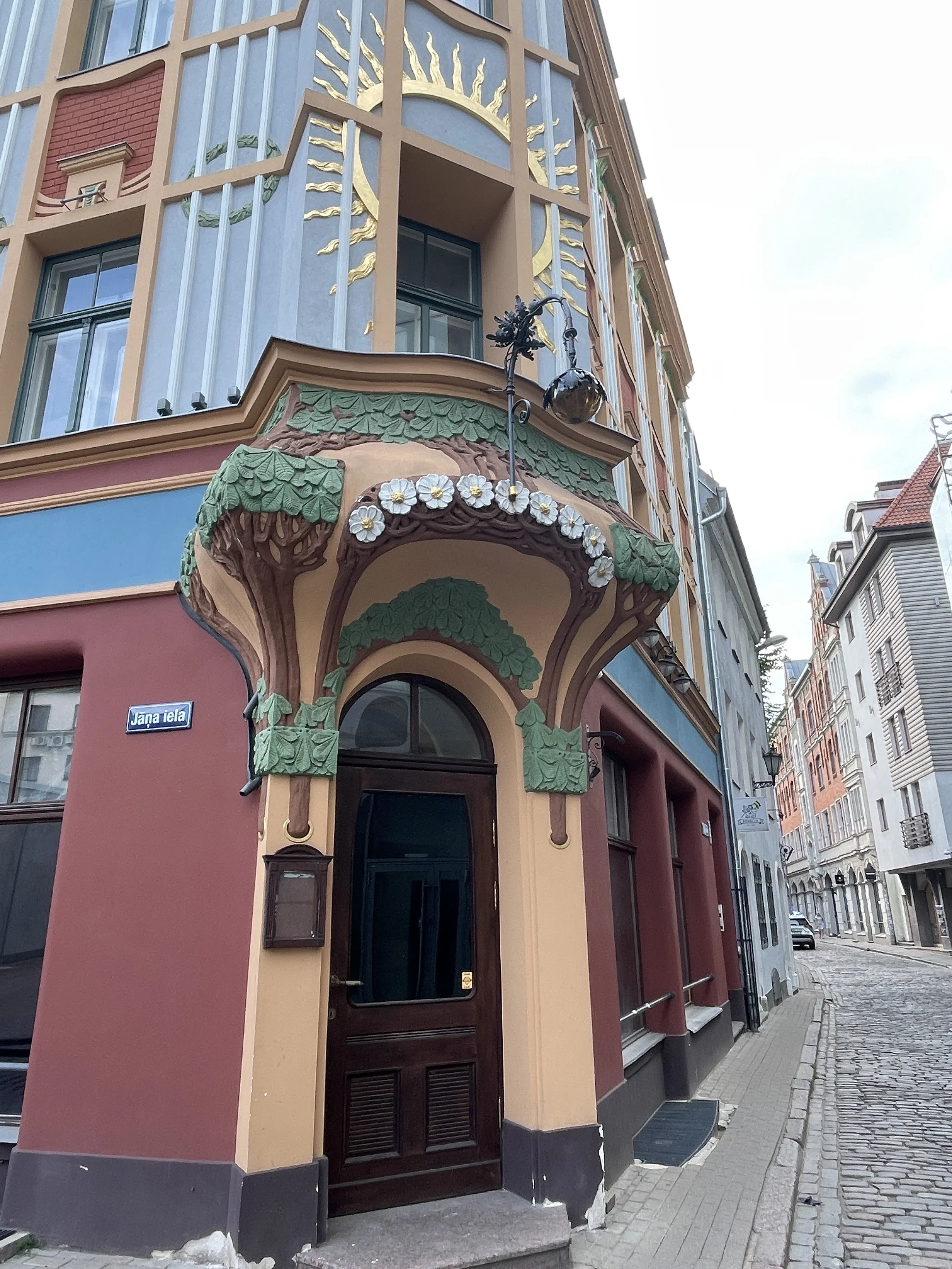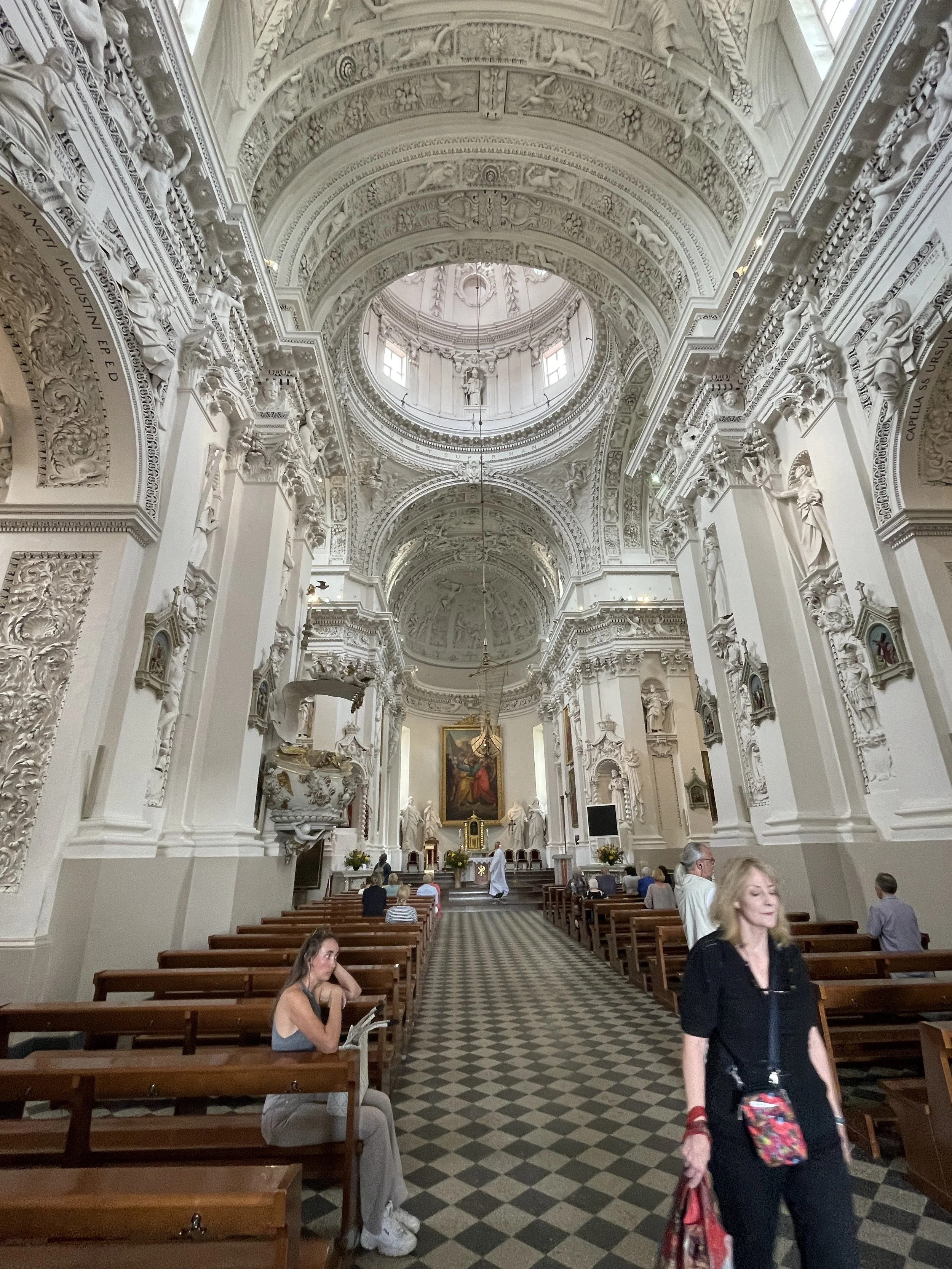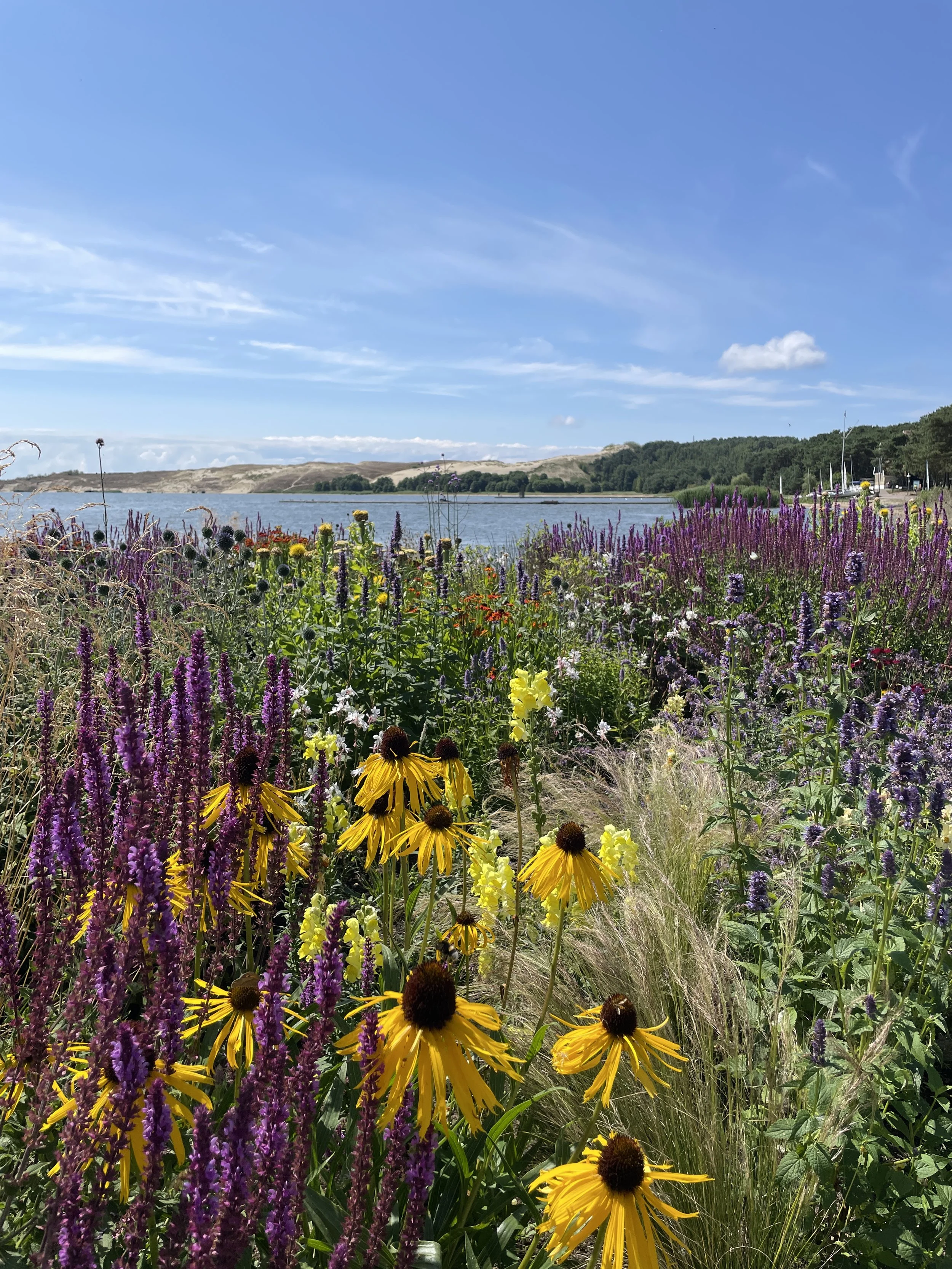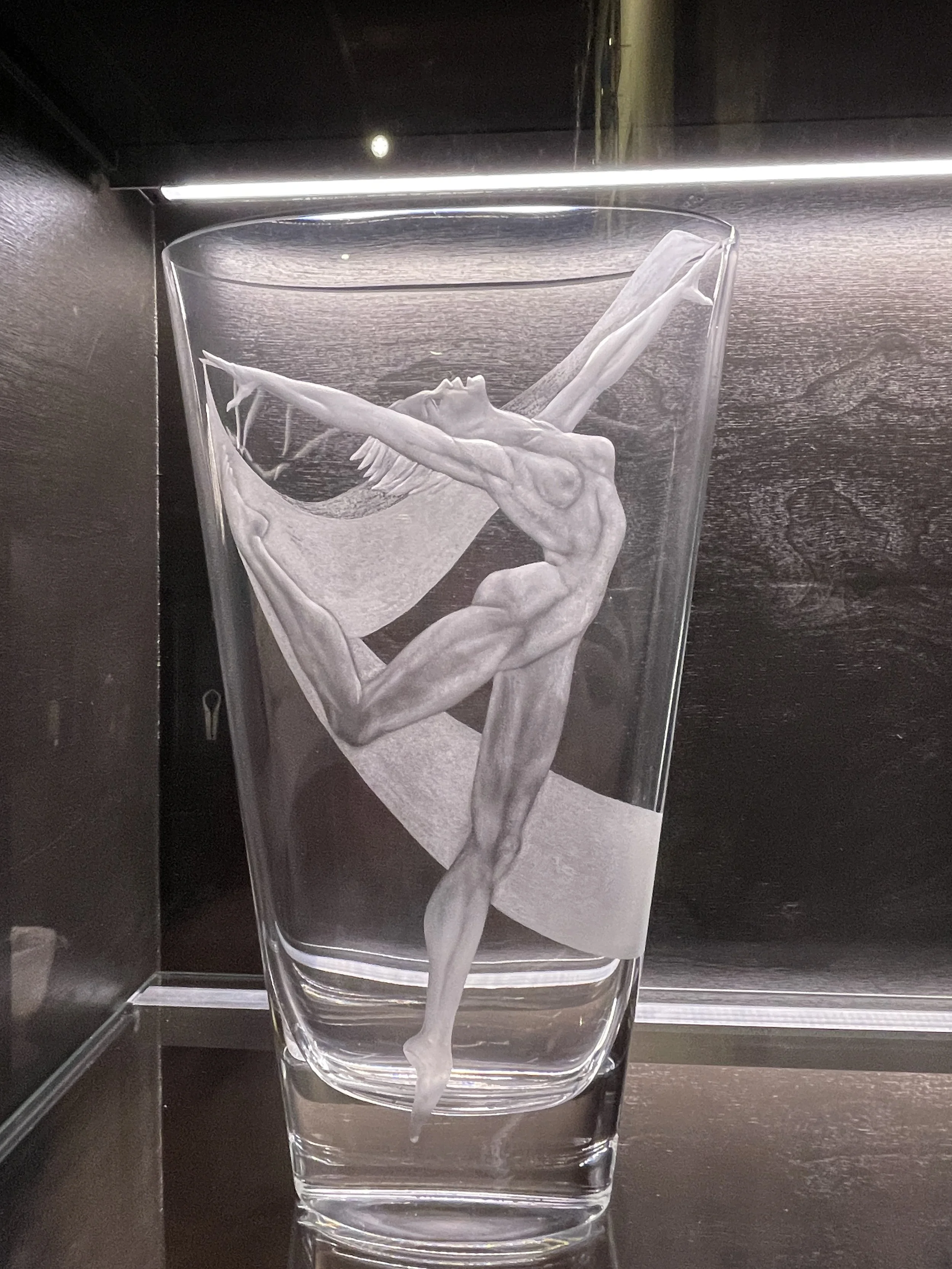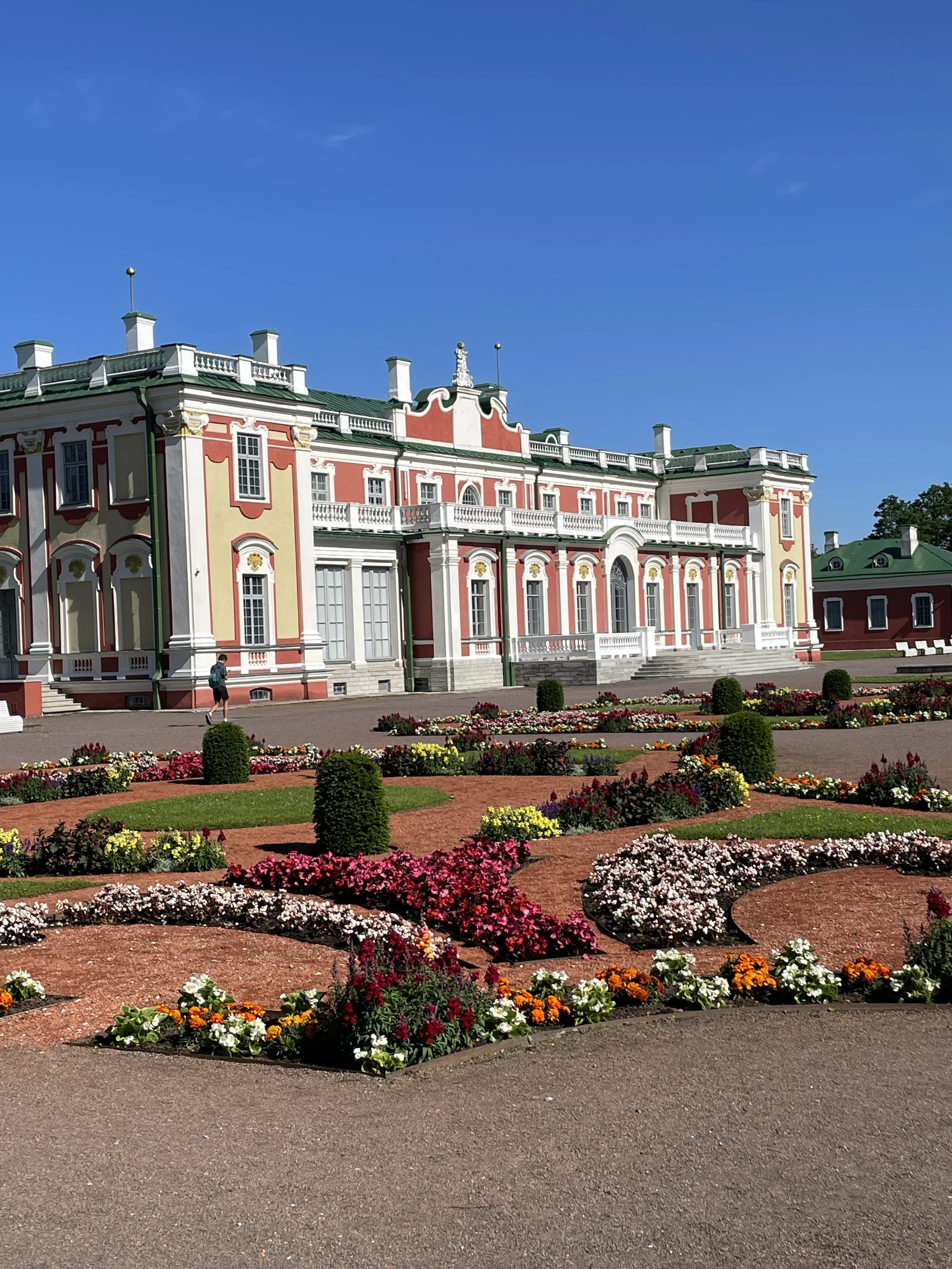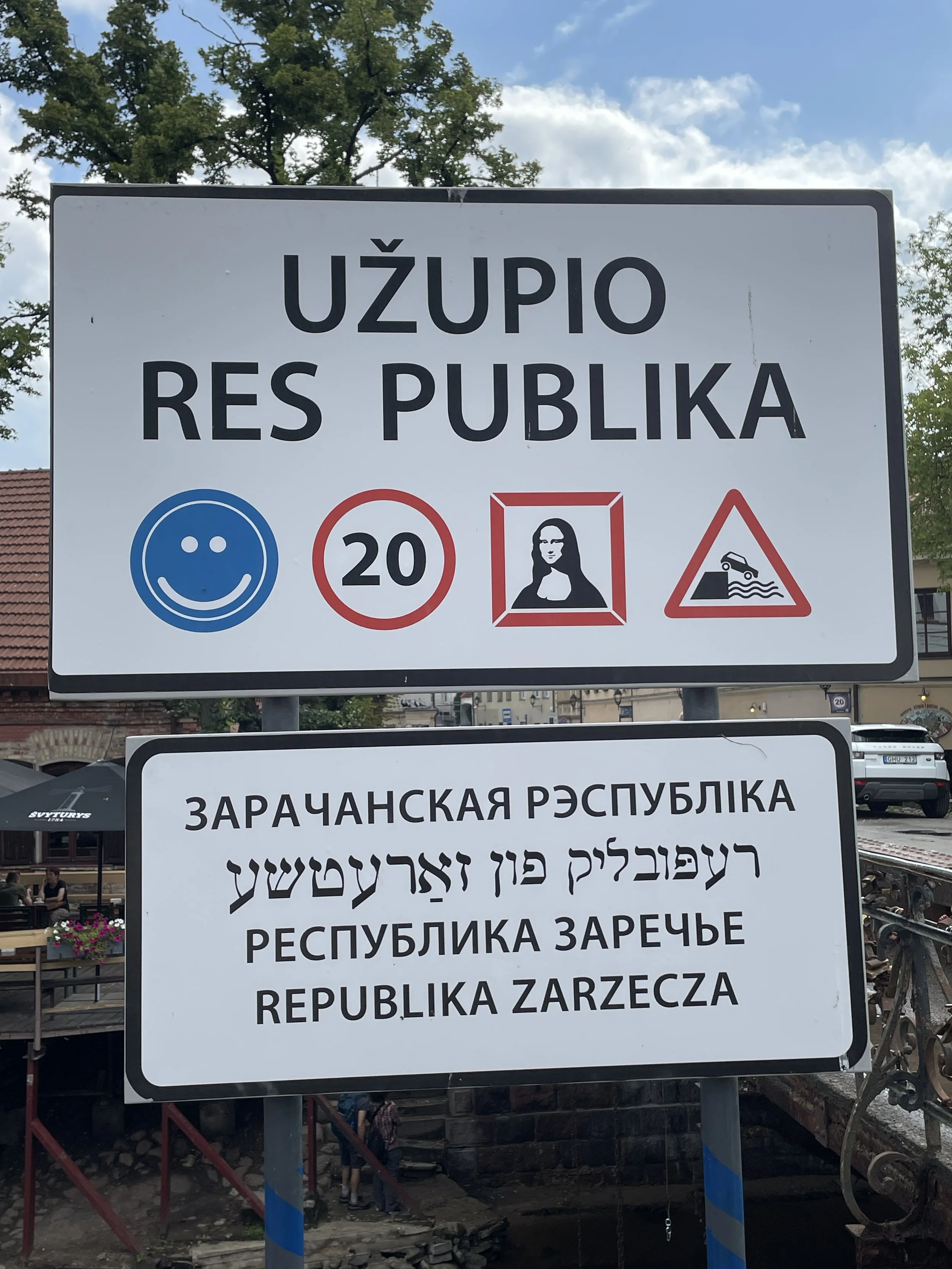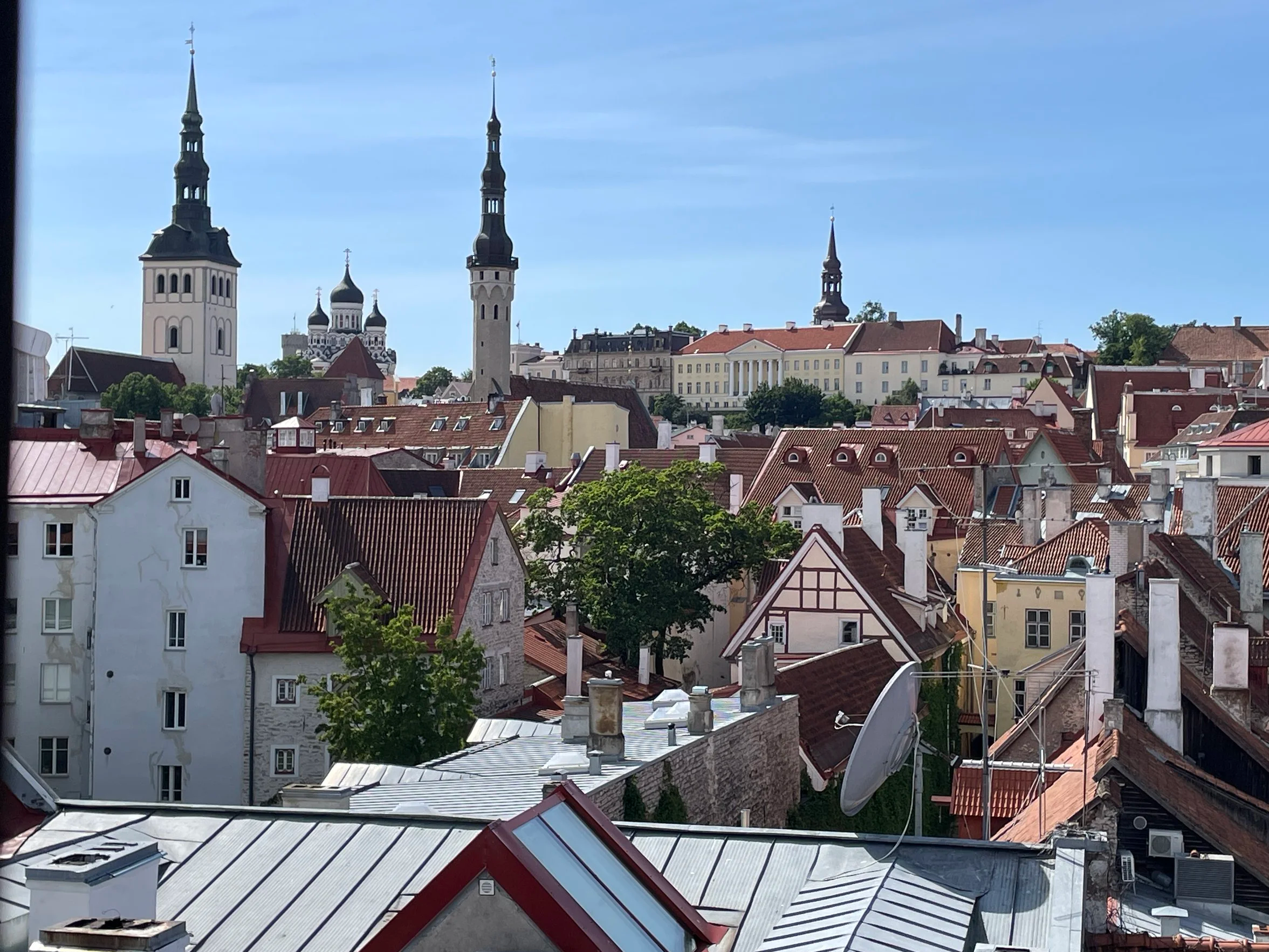
The Baltics
Estonia ~ Latvia ~ Lithuania
Three countries inevitably linked but distinctly different.
Estonia, Latvia, and Lithuania share many elements of a complex 1000-year history. Situated on verdant, fertile lands on the edge of the Baltic Sea, many powers wanted to possess their lands.
They also share an incredible resilience required to survive crusading knights, serfdom under foreign nobles, multiple partitions, and border changes. They persevered under the Danes, Swedes, Russians, Poles, Nazis, and finally Soviets. The aesthetic evidence of that cultural stew is everywhere from Hanseatic warehouses, German fachwerk houses, Art Nouveau apartments, neoclassical Russian palaces, Gothic castles, all mixed with their own vernacular wooden buildings. Since lasting independence finally arrived in the early 1990s, each country has come into its own.
The journey begins in Tallinn, Estonia, a city of medieval charm mixed with 21st-century tech. The old town and castle district retain many of its walls and towers, surrounding winding streets of Hanseatic warehouses, medieval churches, and Art Nouveau buildings. You will find 18th-century Russian splendor at Kadriog palace and park, Soviet history at the KGB museum, and Estonian design at the Applied Arts Museum. Pärnu is Estonia’s lively seaside resort with kilometers of sandy beach, spas, and music festivals while nearby Soomaa National Park offers a chance to explore Estonian’s forests and bogs.
Riga, Latvia, is the little-known jewel of Art Nouveau architecture. With more extant Jūgendstila buildings than any city in Europe, it is a feast for the eyes. A tour of the Art Nouveau Centre is the perfect jumping off point for exploring the surrounding neighborhood. But that is only half of Riga’s story. The medieval center offers meandering cobblestone streets of Hanseatic warehouses, Gothic churches, and more Art Nouveau structures housing cafés, restaurants, and shops. Venturing out of Riga, Rundāle Palace is a piece of St. Petersburg in central Latvia. A Russian nobleman built it in the 18th century using the same architect who designed the Winter Palace. The palace and large formal gardens are beautifully restored to their original splendor.
Crossing into Lithuania, the first stop is the Curonian Spit, a narrow strip of sand and forest that occupies much of Lithuania’s Baltic coastline. Accessible by ferry, a day-long visit includes hiking on large dunes, strolling through seaside villages, eating freshly smoked fish, walking in a forest of folk sculptures, and buying locally-crafted amber jewelry. The port city of Klaipéda, with its German fachwerk buildings, is a charming jumping off point for the Spit. On to Vilnius with its eclectic and lively mix of history and modernity. In a short walk you can go from a medieval gate to modern glass skyscrapers, passing through streets of restaurants, cafés, and linen shops. The central city has 50 Gothic and Baroque churches, many but not all surviving the Soviet years. In the funky independent republic of Uzupis, you can stop for a stamp at border control after crossing the bridge.
See trip preview below
-
Arrival day
Explore on your own
Welcome dinner
-
Morning: guided walk
Afternoon: on your own in Tallinn
-
Morning: Depart for Pärnu. Stops at Keila-Joa waterfall and manor; Rummu quarry
Afternoon: on your own
Evening: sunset cruise
-
Morning: bog hike in Soomaa National Park
Afternoon: on your own
-
Morning: Depart for Riga. Stop in Dunte at the Munchhausen Museum
Afternoon: Guided tour of Art Nouveau Center
-
Morning: Guided city walk
Afternoon: on your own in Riga
Evening: Latvijas Balzam vodka factory tour and tasting
-
Optional excursion to Rundāle Palace
-
Morning - Depart for Klaipėda with stop at the Hill of Crosses
Afternoon - on your own
-
Day-long excursion on the Curonian Spit
-
Morning - Depart for Vilnius with stop at Trakai Island Castle
Afternoon - on your own in Vilnius
-
Morning - guided city walk
Afternoon - on your own in Vilnius
Evening - farewell dinner
-
Trip ends.
Depart or on your own.

